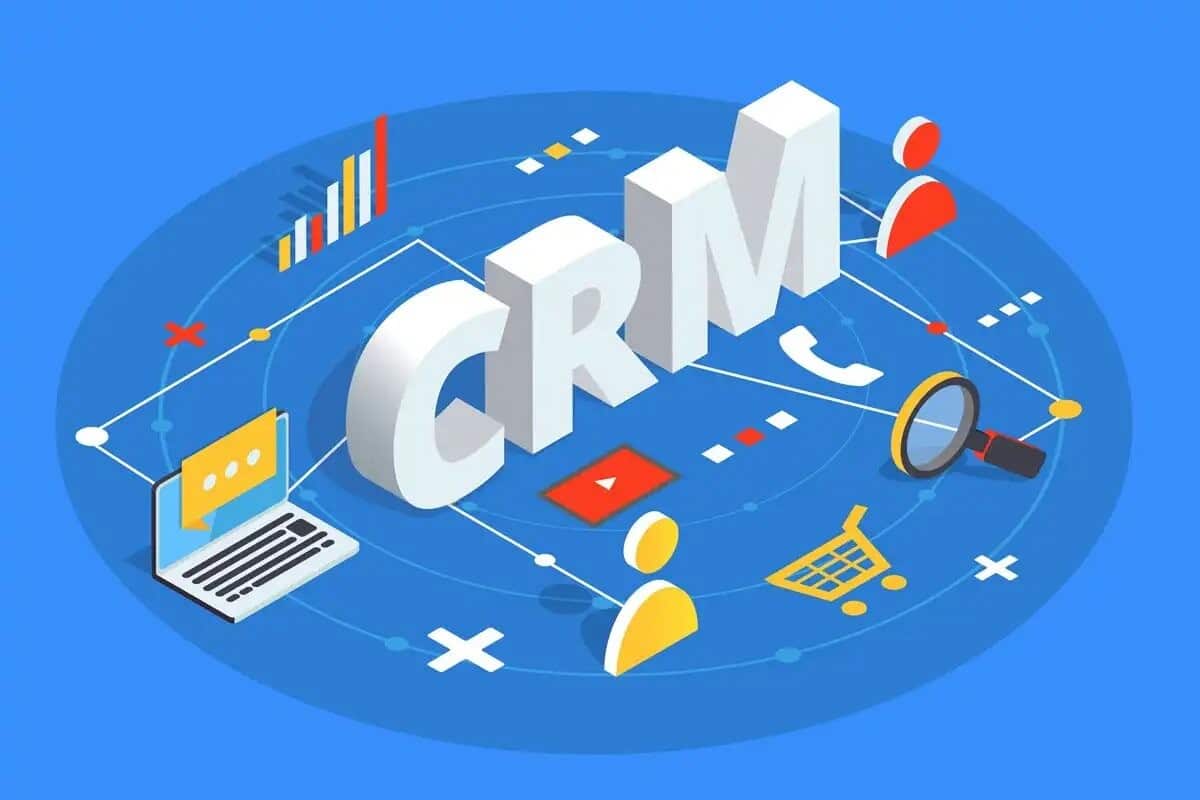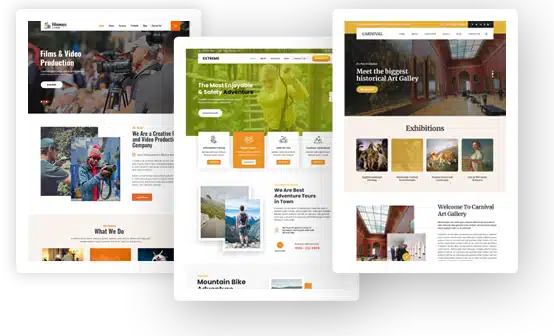The Benefits of Building a CRM-Powered Website for Your Business

Customer Relationship Management (CRM) is a powerful tool that can help businesses streamline their operations and improve customer satisfaction. By integrating a CRM system into your website, you can improve your customer experience and drive business growth. In this article, we will discuss the key benefits of building a CRM-powered website for your business.
Streamline Customer Data Management
A CRM-powered website can help you manage customer data more effectively. By integrating your website with your Microsoft dynamics CRM, you can collect customer information and store it in one central location. This eliminates the need for manual data entry and reduces the risk of data loss or inaccuracies. With this tool you can access customer data quickly and easily, allowing you to make informed decisions about your business operations. Here are some advantages for streamlining customer data with a CRM-Powered website.
Automated Data Collection
A CRM-powered website can automate data collection, eliminating the need for manual data entry. For example, when a customer makes a purchase on your website, the CRM system can automatically capture their information, including name, address, and purchase history. This can save time and resources and reduce the risk of data inaccuracies.
Real-Time Data Access
A CRM-powered website provides real-time data access, allowing you to access customer information in real-time. This can be especially useful for sales teams who need to access customer data quickly and easily. Access customer data from anywhere, at any time, using any device with a Sales CRM that supports mobile as well. This can improve the efficiency of your sales processes and help you make informed decisions about your business operations. Utilizing a CRM system effectively can transform the way businesses interact with and understand their customers.
Improved Data Accuracy
A CRM-powered website can improve data accuracy by reducing the risk of data loss or inaccuracies. By integrating your website with your customer relationship management, you can eliminate the need for manual data entry, reducing the risk of data inaccuracies. Additionally, you can validate customer data, ensuring that all information is accurate and up-to-date. This can improve the accuracy of your customer data and help you make informed decisions about your business operations.
Improve Customer Experience
A CRM-powered website can improve the customer experience research by providing a personalized and seamless experience. Store customer data, including purchase history and preferences, allowing you to offer targeted promotions and recommendations. This can help increase customer loyalty and satisfaction, leading to repeat business and positive word-of-mouth referrals.
Increase Sales and Revenue
A CRM-powered website can help increase sales and revenue by improving your sales processes. Track customer interactions, including sales calls, emails, and meetings. This allows you to prioritize leads and follow-up with customers in a timely manner, increasing the chances of closing a sale. Additionally, it can help you automate your sales processes, freeing up time and resources for your sales team to focus on high-priority tasks.
Enhance Collaboration and Communication
A CRM-powered website can enhance collaboration and communication within your team. Share customer data and sales information with your team in real-time. This can help improve communication and collaboration, leading to more efficient and effective sales processes.
Improve Customer Insights and Analytics
A CRM-powered website can improve your understanding of your customers and help you make data-driven decisions. Track customer behavior and interactions, allowing you to gain valuable insights into customer preferences and needs. This information can help you make informed decisions about your business operations, product offerings, and marketing strategies.
Steps to consider when building a CRM-powered website?
Building such a system can be a complex and challenging task, but it can also bring significant benefits to your business operations. Here are some steps to help you build one for your website:
-
Determine Your Business Requirements
Before building, it is important to determine your business requirements. This includes identifying your business processes, data requirements, and the specific needs of your sales and marketing teams. This will help you determine the features and functionalities that are necessary for your CRM system.
-
Evaluate CRM Solutions
Once you have determined your business requirements, you can evaluate different solutions to see which one is the best fit for your needs. Consider factors such as ease of use, cost, integrations, and scalability. You may also want to consider cloud-based solutions, as they can be more cost-effective and easier to set up and manage.
-
Choose a CRM tool
After evaluating different options, choose one that meets your business requirements and fits within your budget. Consider the vendor’s reputation, customer support, and track record when making your decision. You may also want to consider the vendor’s roadmap for future development and upgrades. Kommo can be the necessary tool for you to carry out your work through automation to reduce time, besides being the best CRM for small businesses.
-
Integrate Your CRM with Your Website
Once you have chosen a CRM solution, integrate it with your website. This will allow you to collect and store customer data in one central location and provide your sales and marketing teams with real-time access to customer information. Ensure that the integration process is smooth and seamless and that your CRM can integrate with Salesforce CRM as well as other systems and tools that you use, such as marketing automation tools, email marketing tools, and payment gateways.
-
Train Your Teams
Once your CRM is in place, train your sales and marketing teams on how to use it. Ensure that they are familiar with the features and functionalities of the system and that they understand how to use it to manage customer data and improve their business processes.
Building a CRM can be a complex and challenging task, but it can also bring significant benefits to your business operations. By following these steps, you can build a system that meets your business requirements and helps you manage customer data more effectively.
Conclusion
In conclusion, building a CRM-powered website for your business can offer numerous benefits, including streamlining customer data management, improving customer experience, increasing sales and revenue, enhancing collaboration and communication, and improving customer insights and analytics. By integrating your website with a CRM system, you can drive business growth and improve customer satisfaction.

